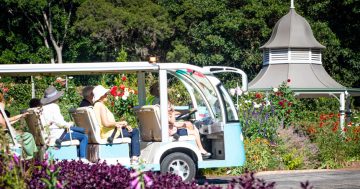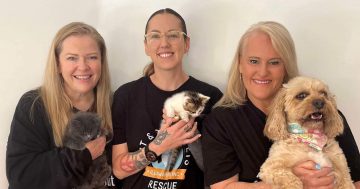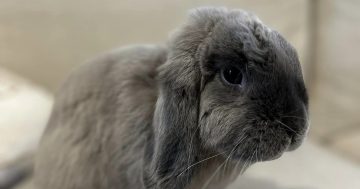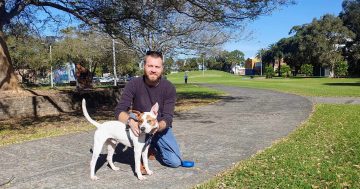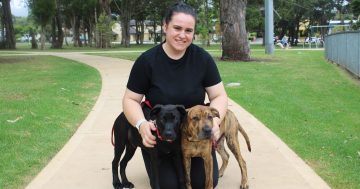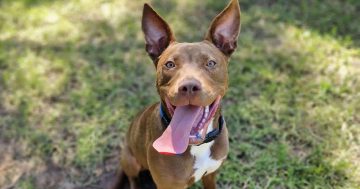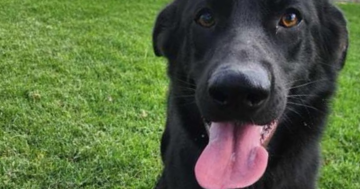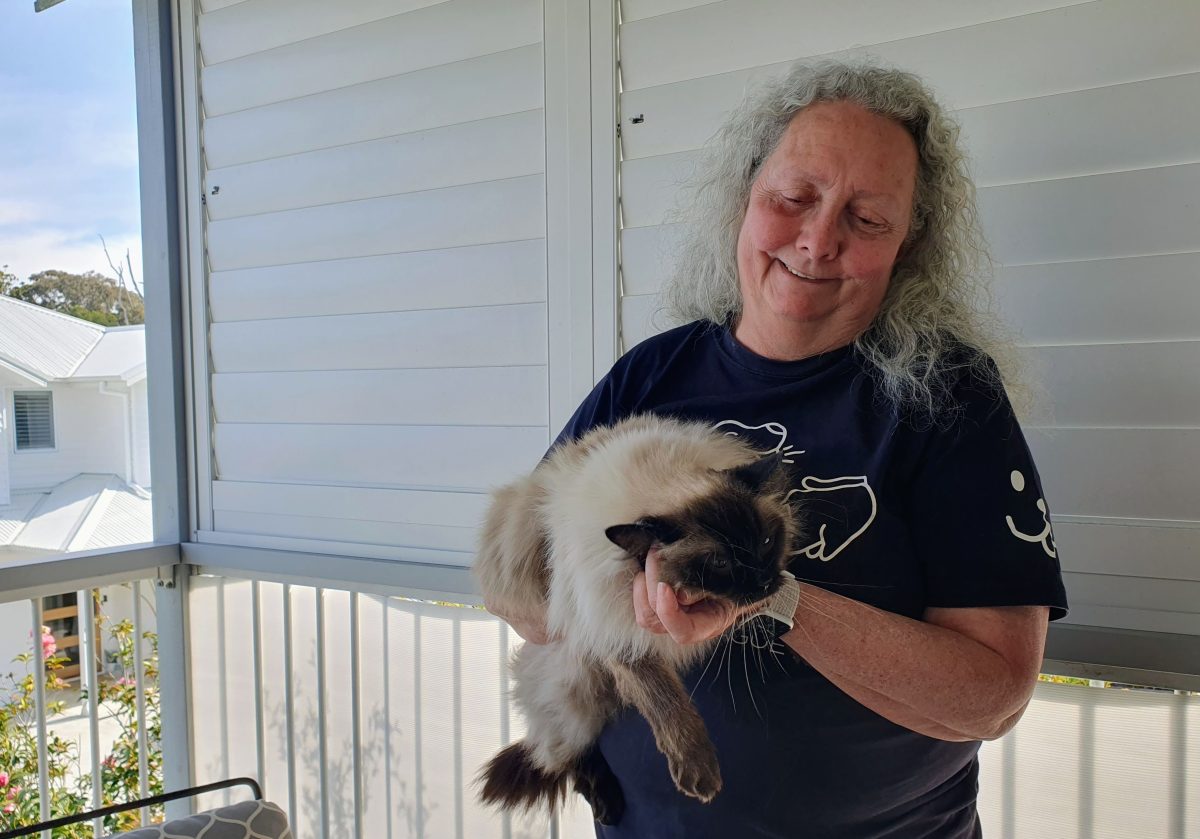
Illawarra Animal Welfare League branch president Donna Ashford with one of her ‘foster fails’. Photo: Zoe Cartwright.
This year more than 64,000 pets across Australia found a second chance, and hundreds of those animals were rehomed in the Illawarra.
But with the rising cost of living, increases in homelessness and the emotional toll of caring, many of the volunteers responsible for these animals finding their happily ever after are struggling.
PetRescue’s 2025 State of Pet Adoption Report found although median adoption times for animals decreased compared to last year, 83.5 per cent of volunteer rescue organisations were operating beyond capacity.
Illawarra Animal Welfare League President Donna Ashford said managing volunteer wellbeing was one of the most important parts of her (voluntary) job.
The branch rehomed 397 cats and kittens in the past year and Donna said key to their success was keeping the humans involved thriving.
“You have to make sure the volunteers get something out of it rather than being treated as unpaid employees,” she said.
“If they’ve had a difficult batch, we try to make sure the next batch is sweet and easy.
“You have to give people breaks. We need to operate about 60 per cent capacity to be sustainable long term.
“If you can’t take care of the people you can’t take care of the animals. It’s as simple as that.”
Donna said one of the biggest heartbreaks in foster care was taking on neonates.
The very young kittens need to be fed every two hours and kept warm with heating pads, or in an incubator.
Even with the best of care the fatality rate is high, and can lead to foster carer burnout.
Beyond the emotional toll, the biggest expense for volunteer organisations is vet bills.
Donna said a routine dental for an adult cat costs at least $1500. Then there’s the cost of desexing, microchipping and vaccinating, as well as managing common conditions such as ringworms and parasites.
Some surrendered kittens are born with genetic abnormalities that are treatable, but costly.
It all adds up – and as kittens are adopted out at just $300 and adult cats even less, there’s a pretty significant shortfall.
As the cost-of-living crisis has hit, fewer donations are coming in to help rescues keep up.
At the same time, more people are struggling to afford to keep their pets, and surrenders are on the rise.
Donna said for those who couldn’t donate, adopt or foster there were plenty of other ways to support their local rescue.
“Desex, desex, desex and keep your cats inside,” she said.
“Most of our issues flow from lack of desexing.
“Rescues can help, but unless the government provides assistance for things like desexing, increased support for people to keep their pets with them, we are powerless.
“I’m hopeful that the legislative changes around rentals will make a difference.
“We also need volunteers with small amounts of time, perhaps to transport an animal from point A to B, or help administration or fundraising.”
Despite the blood, sweat, tears and cash that go into getting abandoned animals ready for new homes, Donna said after two decades she still isn’t ready to give it up.
The work has some perks – and it attracts a certain type of personality.
“I’ve always been a little bit animal crazy and I think a lot of us are,” she said.
“When you get the five-, six-, seven-week-old kittens in and they’re too small to be scared of anything, they walk in and take over the place.
“They’re so funny and bold and courageous, you can just watch them all day, and watching the grandkids play with them is just delightful.
“The best thing is when an adopter comes to pick one up.
“We might do lots but this is something adopters will do a handful of times in a lifetime.
“They often bring the whole family and to watch the happiness they get from this animal you’ve put time and effort into, that’s the best.”
If you would like to donate or volunteer, head to the AWL website.








